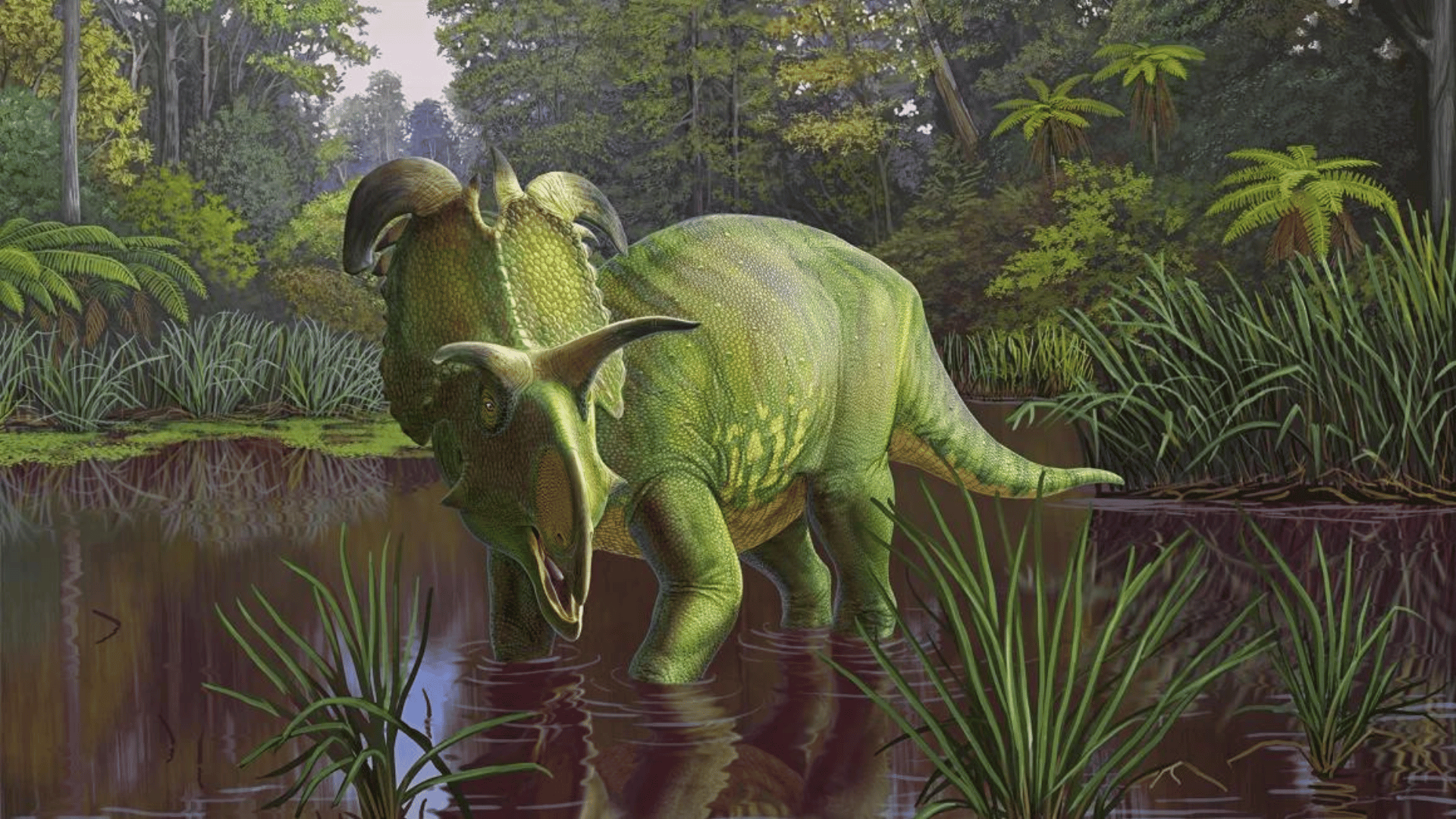For more than a year, the Museum of Evolution in Maribo, Denmark, has housed a new and unknown dinosaur species. Now, the dinosaur has finally been given a name: Lokiceratops Rangiformis.

The specimen was originally discovered in northern Montana, approximately 3 miles south of the US-Canada border. According to the paleontologists behind the study, the horns show a notable type of asymmetry that can be found today in the antlers of caribou and reindeer.
The area where the specimen was discovered was separate from the rest of the continent of North America when this dinosaur roamed the Earth approximately 78 million years ago. It lived amongst similarly horned species in floodplains and swamps.
Fossils of four other species of horned dinosaurs were discovered in the same area, including Medusaceratops, Albertaceratops, Wendiceratiops, and one additional species that hasn’t been classified yet.
The Lokiceratops specimen, nicknamed Loki, has been displayed at the Museum of Evolution since March 2023. Though the species appears to share similarities with the Triceratops, such as the placement of its horns, it lived approximately 12 million years earlier and belongs to a separate lineage.
Explore Tomorrow's World from your inbox
Get the latest science, technology, and sustainability content delivered to your inbox.
I understand that by providing my email address, I agree to receive emails from Tomorrow's World Today. I understand that I may opt out of receiving such communications at any time.
“Initially, it looked like a known dinosaur named Medusaceratops. But as we reassembled the skull, the number of horns and the shapes of the horns indicated that it was a different species,” stated Joseph Sertich, a paleontologist with the Smithsonian Tropical Research Institute and Colorado State University and co-leader of the study.
Another unique feature of this dinosaur is the frill, or the big shield that extends from the back of the head over the neck. Different types of horned dinosaurs possess distinct horns along the edge of the frill.
“Triceratops has very small triangular horns, almost imperceptible,” Sertich said, “but this dinosaur and many of its close relatives have huge, paddle-shaped horns at the back, along with smaller horns on the edges of the frill.”
The size of the fossil indicates that the animal would have been approximately the size of a large rhino at the time of its death. Researchers behind the study believe that the ornamental skull could have been used to either attract mates, intimidate rivals, or as a point of recognition among its species.







